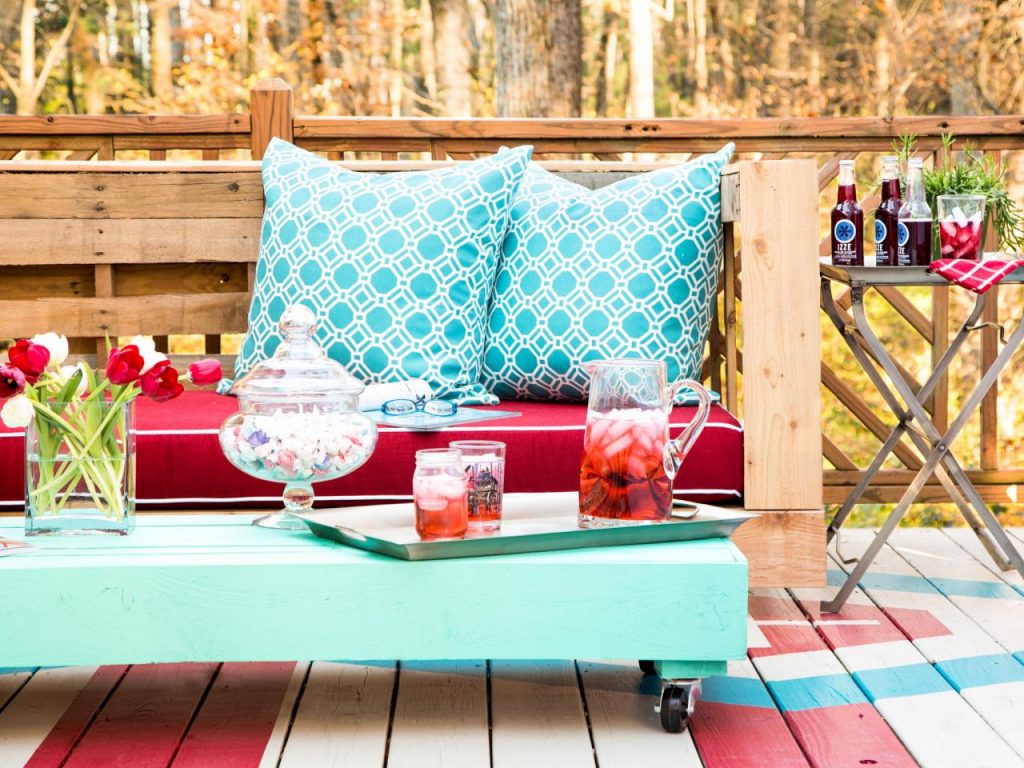Keulenlilie Pflanzenpflege - Merkmale, Bewässerung, beste Sorten
Die Keulenlilie ist eine sehr universelle und gleichzeitig beeindruckende Zimmerpflanze. Ihre Popularität verdankt sie den charakteristischen bunten Blättern. Sie wird meist wegen ihres palmenähnlichen Wuchses ausgewählt. Keulenlilien fügen sich perfekt in jede Einrichtung ein. Sie sehen auch in skandinavischen und modernen Innenräumen schön aus. Fragen Sie sich, welche Bedürfnisse die Keulenlilie hat und ob sie schwierig zu kultivieren ist? Hier erfahren Sie, wie man die Pflanze pflegt.
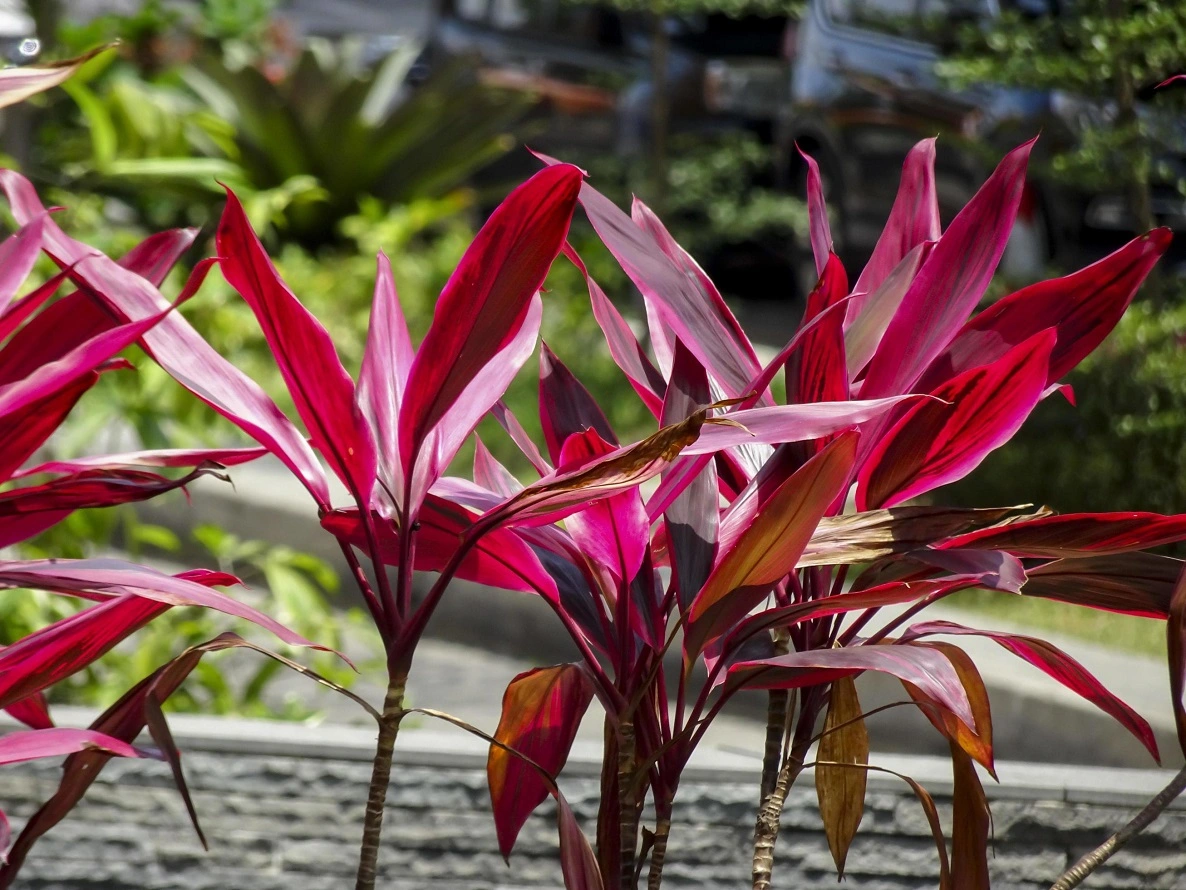
Keulenlilie - Herkunft und Merkmale der Pflanze
Die Keulenlilie ist eine Pflanze, die manche als “Kohlbaum” bezeichnen. Sie ist in Neuseeland und Australien sowie auf den ozeanischen Inseln und in Indochina beheimatet. Bestimmte Sorten kommen auch in Indien und im tropischen Klima Südamerikas vor.
Aufgrund ihres palmenförmigen Wuchses und der Möglichkeit, die Keulenlilie im Kübel zu kultivieren, wurde sie in vielen Ländern der Welt zu einer beliebten Pflanze. Als Zimmerpflanze kann sie unter guten Bedingungen bis zu 1,5 Meter hoch werden. In der Natur kann sie eine Höhe von 15 Metern erreichen.
Die Keulenlilie hat charakteristische ledrige Blätter, die je nach Sorte unterschiedlich gefärbt sind. Zur Blütezeit entwickelt die Keulenlilie viele Blütenbüschel mit winzigen, intensiv duftenden Blüten.
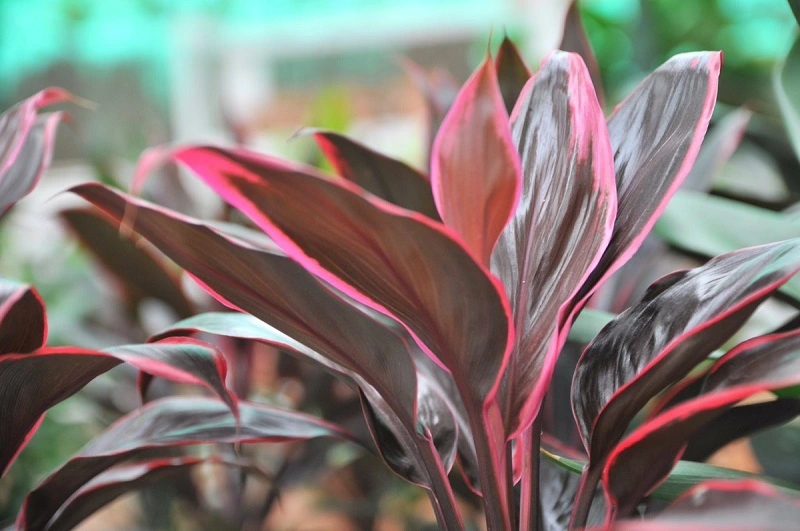
Die beliebtesten Keulenlilien-Sorten
Keulenlilie australis, allgemein bekannt als der australische Kohlbaum, und Keulenlilie terminalis - Ti-Pflanze sind die beliebtesten Sorten der Keulenlilie. Die schlanke Palmlilie - Cordyline stricta ist eine weniger bekannte Sorte.
Zu den beliebtesten Sorten des Kohlbaums gehören:
- Keulenlilie ‘Purpurea’ - ihre Blätter haben eine charakteristische rot-violette Farbe,
- Keulenlilie ‘Red Star’ - mit rot-braun gefärbten Blättern,
- Keulenlilie ‘Torbay Dazzler’ - die Blätter sind grün mit deutlich cremefarbenen Rändern,
- Keulenlilie ‘Sundance’ - ihre Blätter sind grün mit einem roten Streifen in der Mitte,
- Keulenlilie ‘Albertii’ - die Blätter sind mattgrün mit einer zarten roten Färbung und cremefarbenen Streifen an den Rändern.

Keulenlilie Pflanze - Pflege und Bedürfnisse
Die Keulenlilie benötigt einen hellen Standort mit indirekter, mäßiger Beleuchtung. Wenn Sie sich für Sorten mit bunten Blättern entscheiden, wählen Sie einen viel helleren Standort. Das ist notwendig, wenn Sie die Farbe der jeweiligen Sorte erreichen wollen. Aufgrund ihrer Herkunft wird die Pflanze hauptsächlich in Kübeln angebaut. Im Sommer, wenn die Temperaturen ihrem natürlichen Lebensraum nahe kommen, können Sie die Pflanze auch auf den Balkon oder die Terrasse stellen.
Keulenlilien brauchen einen ausreichend durchlässigen Boden. Die Mischung sollte reich an Humus sein und einen neutralen oder sauren pH-Wert aufweisen. Sie können sie selbst zubereiten oder sich für eine im Gartenmarkt erhältliche Blumenerde entscheiden.
Wenn Sie sich entschließen, diese Pflanze bei sich zu Hause zu kultivieren, dürfen Sie das Umtopfen nicht vergessen. Junge Keulenlilien sollten einmal im Jahr umgetopft werden. Bei älteren Pflanzen genügt es, sie alle 3-4 Jahre umzutopfen.
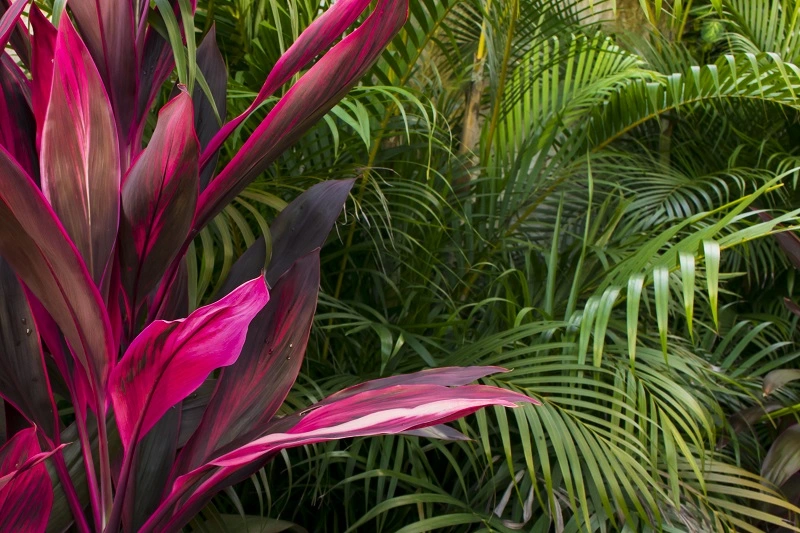
Wie gießt man die Keulenlilie?
Als Zimmerpflanze muss die Keulenlilie regelmäßig und häufig gegossen werden. Sie reagiert besonders empfindlich auf Wassermangel, der schädlich sein kann. Übermäßige Trockenheit kann ernsthafte Auswirkungen auf die Gesundheit und das Aussehen der Pflanze haben.
Besitzer der Keulenlilie sollten auch bedenken, dass die Pflanze keine Staunässe verträgt. Nach dem Gießen sollte das überschüssige Wasser aus dem Untersetzer gegossen werden. Außerdem sollte die Gießhäufigkeit im Winter auf 1-2 Mal pro Woche beschränkt werden.
Aufgrund ihrer Herkunft aus tropischen Klimazonen sollten Sie die Blätter der Pflanze immer wieder besprühen. Eine beliebte Lösung ist es, sie neben einen Luftbefeuchter zu stellen.
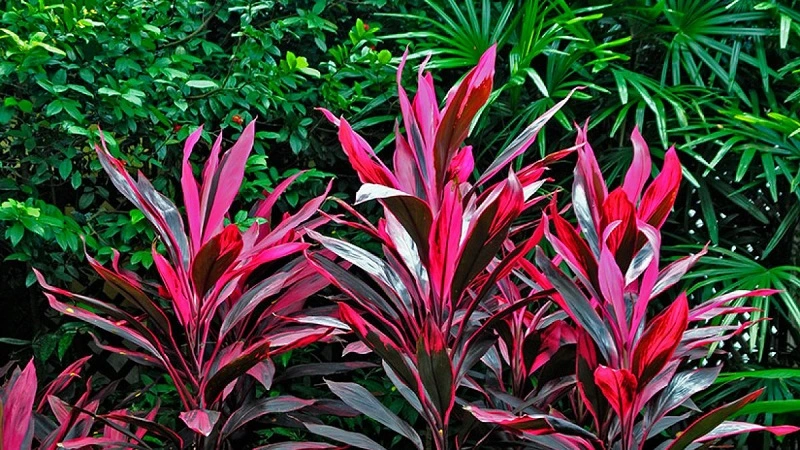
Müssen Keulenlilienpflanzen gefüttert werden?
Wenn man sich für eine Keulenlilie entscheidet, muss man an die saisonale Düngung denken. Ab März sollte die Pflanze beim Gießen gedüngt werden, und zwar bis Ende August. Wiederholen Sie dies alle 2-3 Wochen. Am besten eignen sich Produkte, die für Topfpalmen entwickelt wurden.
Wie wird die Keulenlilie vermehrt?
Keulenlilien können durch Kopf- oder Seitenstecklinge vermehrt werden. 8 Zentimeter lange Stecklinge werden am besten im Frühjahr geerntet. Der nächste Schritt besteht darin, sie zu bewurzeln und bei 24 °C zu halten. Sie können den Prozess unterstützen, indem Sie Bewurzelungshormone und Plastikfolie verwenden, um der Pflanze Gewächshausbedingungen zu bieten - perfekt für ihre schnelle Entwicklung.
Keulenlilie - die gefährlichsten Schädlinge und Krankheiten
Wenn Sie beobachten, dass die Blätter zu trocknen beginnen und sich an den Spitzen und Rändern braun verfärben, haben Sie die Pflanze wahrscheinlich übermäßig oder nicht ausreichend gegossen.
Wenn sich die Blätter zu rollen beginnen oder weich werden, wurde die Pflanze wahrscheinlich zu kalt. Denken Sie daran, dass die Keulenlilie niedrige Temperaturen nicht mag, und dass ein zu kalter Innenraum der Hauptgrund dafür ist, dass ihre Blätter absterben. Dies kann beobachtet werden, wenn die Pflanze einem Luftzug ausgesetzt ist. Aus diesem Grund benötigen Keulenlilien eine Raumtemperatur von mehr als 18°C.
Die Pflanze kann auch an Krankheiten leiden, die durch Pilze verursacht werden, die über den Boden übertragen werden. Wird sie von Krankheitserregern befallen, vergilbt die Pflanze und welkt. Auf den Blättern können sich typische Pilzflecken oder Schimmelbeläge bilden. Sie können versuchen, eine von Pilzen befallene Keulenlilie mit Antipilzmitteln zu retten. Wenn sie nicht wirken, muss die Pflanze weggeworfen werden.
Spinnmilben und Thripse sind die am häufigsten auftretenden Schädlinge, die Keulenlilien befallen. Sie lassen sich mit geeigneten Produkten aus dem Gartenmarkt leicht beseitigen. Wenn der Befall nicht zu groß ist, können Sie es mit natürlichen Mitteln versuchen, z. B. mit Zwiebeln oder Knoblauch.
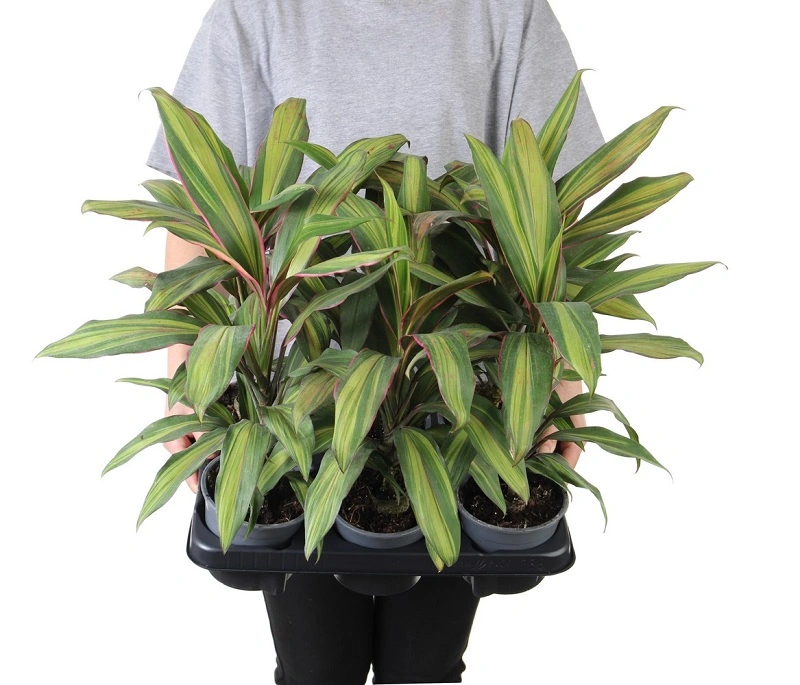
📍 Wie sieht die Keulenlilie australis aus?
Die Keulenlilie kann mit einer Palme verwechselt werden. Deshalb bezeichnen manche Menschen die Keulenlilien als Palmen. Die Pflanze hat einen spitz zulaufenden und buschigen Wuchs. Bei guter Pflege kann sie recht hoch werden.
📍 Wo kann man einen Kohlbaum kaufen?
Die Keulenlilie australis ist eine immer beliebtere Zimmerpflanze. Aus diesem Grund ist sie auch weit verbreitet. Suchen Sie in Gartenmärkten oder Baumschulen nach dieser Art. Manchmal sind Keulenlilien auch in Blumenläden zu finden.
📍 Wie viel kostet die Keulenlilie australis?
Keulenlilien sind nicht die billigsten Pflanzen, aber ihr Preis hängt von ihrer Größe ab. Kleine Pflanzen sind am häufigsten erhältlich. In einem solchen Fall kostet eine einzelne Pflanze in der Regel nicht mehr als 15 Euro.
📍 Wann sollte man einen Kohlbaum pflanzen?
Die Keulenlilie ist in der Regel eine Zimmerpflanze, so dass Sie sie zu jeder Jahreszeit in ein Gefäß pflanzen können. Trotzdem ist das Frühjahr die beste Zeit dafür. Auf diese Weise hat die Pflanze genug Zeit, um vor dem Winter zu erstarken.
Empfohlene Artikel




